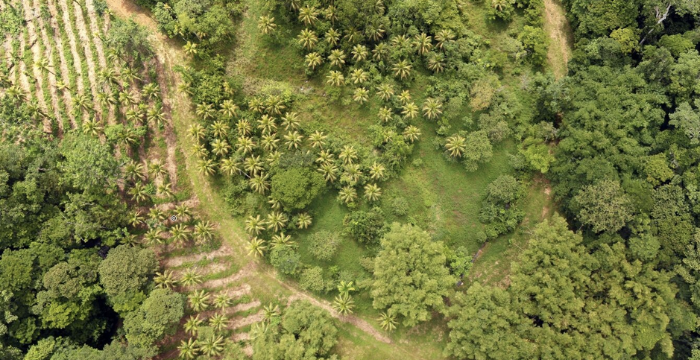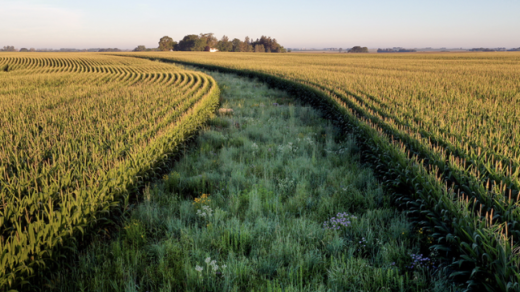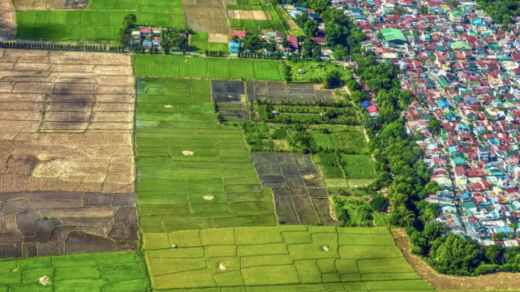Reduce reliance on synthetic fertilizers
Several countries are making attempts to reduce reliance on synthetic fertilizers. But there is no easy solution to phasing out all chemical fertilizers. Instead, they’re exploring greener alternatives.
Currently, the world applies 100m tonnes of synthetic nitrogen fertiliser each year. That’s enough to feed half the world’s population. But it’s also leading to ground pollution, algae formation on water resources, and increased emissions of nitrous oxide.
Nitrous oxide is 300 times more powerful than carbon dioxide, and has a wide range of adverse effects. It causes algal blooms in waters, reduces dissolved oxygen levels, and kills fish. But scientists are working to develop biologically-based methods of nitrogen fixation.
Nitrous oxide is produced by soil microbes when they decompose nitrogen from fertilizers. It can be leached into soils or released into the atmosphere as vapour.
Reduce the intensity of animal farming
Intensive animal farming is a major contributor to climate change and exacerbates desertification. Desertification is a process of land degradation in arid or semi-arid areas. This degradation reduces the productivity of vegetation and the amount of vegetative cover. It also contributes to CO2 emissions.
Farm animals contribute to climate change by emitting methane and nitrous oxide. They also contribute to air quality issues. They can also contribute to nutrient pollution. They are also a major catalyst for land conversion processes.
The livestock sector uses one-third of all global cropland and two-thirds of available agricultural land. It is a major contributor to deforestation. It is also responsible for a third of freshwater usage. It is also responsible for soil degradation.
It is estimated that the livestock sector contributes to approximately 100 million metric tons of CO2 emissions annually. This is largely due to fertilizer production for feed crops.
Agroforestry
Despite its many advantages, agroforestry and sustainable agriculture face a range of challenges. For example, farmers are reluctant to adopt agroforestry systems on a larger scale. The lack of information, lack of training, and lack of technical support are some of the main barriers.
On the positive side, agroforestry can help reduce atmospheric carbon dioxide concentration, conserve soil health, and improve water quality. It can also provide carbon sequestration and pest control. Agroforestry can also increase agricultural productivity, creating jobs and increasing profits for farmers.
As a result, agroforestry is being viewed as a driver of regional economic development. As such, financial incentives are likely to accelerate agroforestry adoption. However, a suitable policy must be developed to protect agroforestry property.
This study was conducted in Zambia, where 82% of the population is dependent on agriculture for a living. The country is currently working to restore two million hectares of land by 2024. Its National Strategy for Transformation focuses on private investment, knowledge development, and regional business development.





